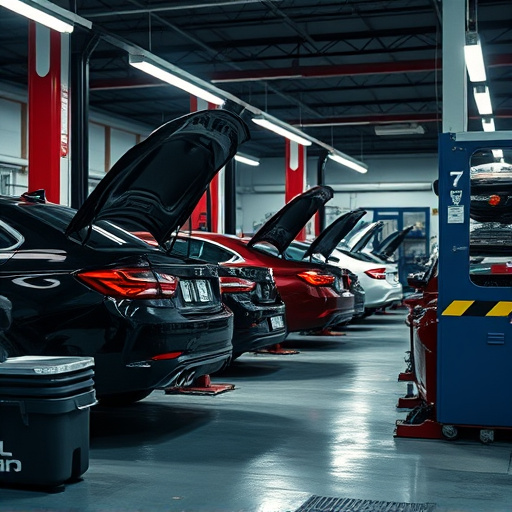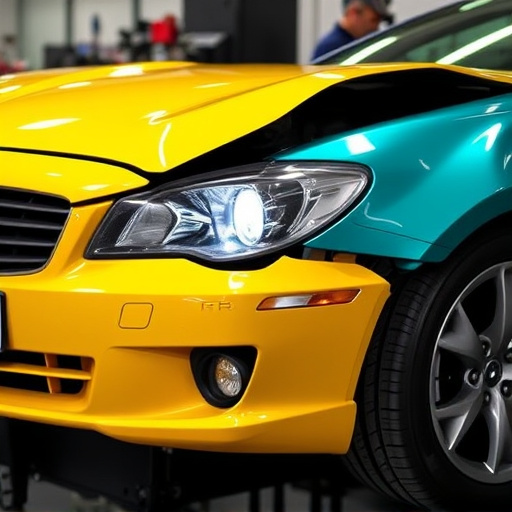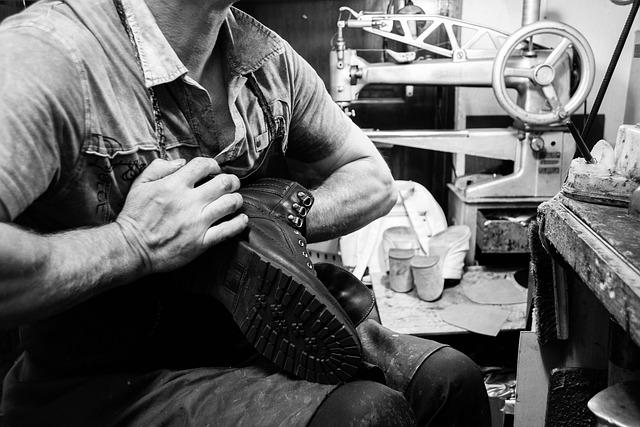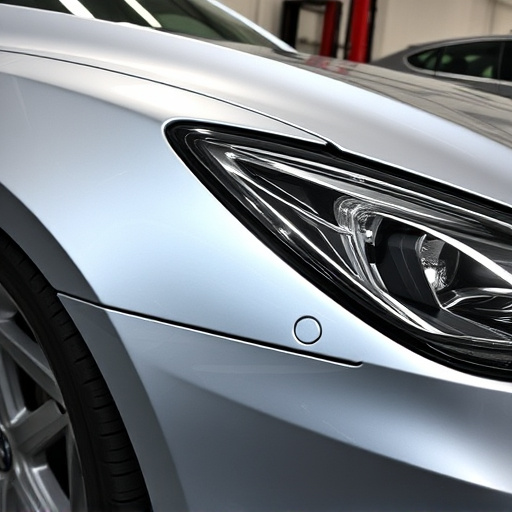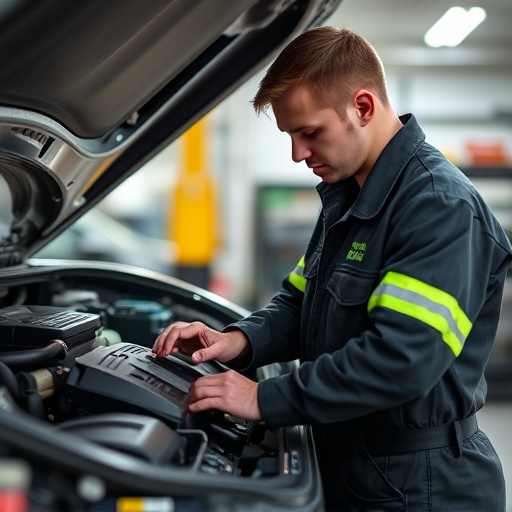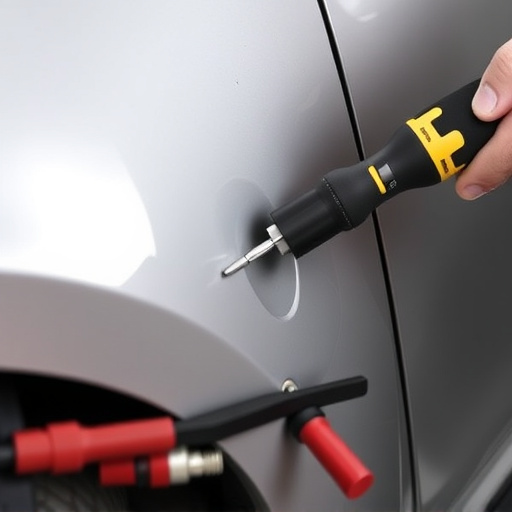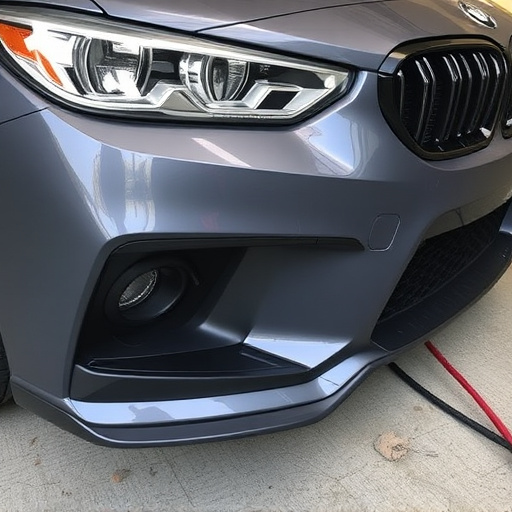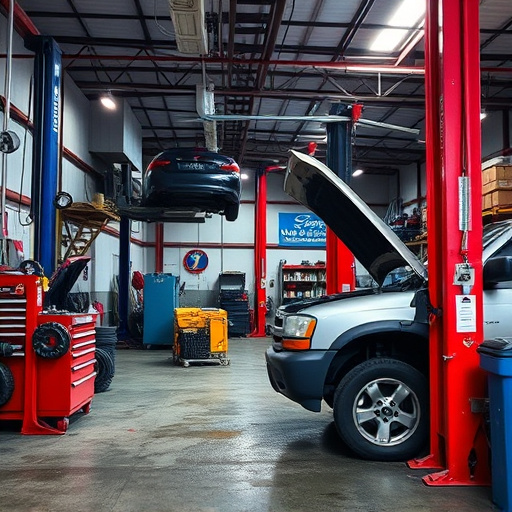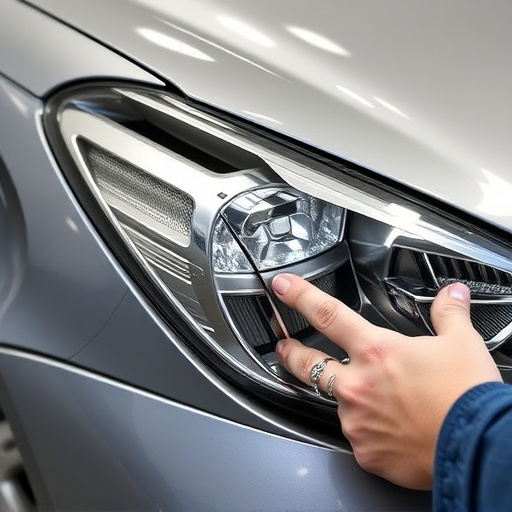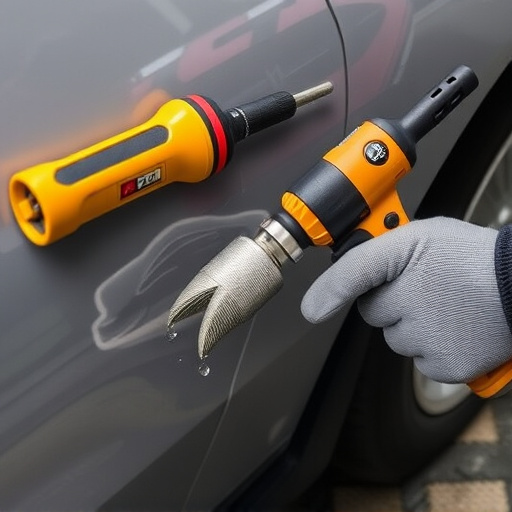Silicon bronze welding is a specialized technique that repairs damaged galvanized steel in auto body services, offering long-lasting strength and superior corrosion resistance. This method preserves existing galvanization, prevents further corrosion, and restores vehicles to optimal condition. Auto body experts use it for various repairs, from minor damage to complex structural issues. Its exceptional bonding capabilities and versatility make it a preferred choice, suitable for different metals and environmental conditions, including high humidity or corrosive substances. Proper preparation, application of flux, and precise heating with silicon bronze welding rods are crucial for achieving strong welds that require post-welding treatments for a seamless finish compatible with paintless dent repair techniques.
“Silicon bronze welding emerges as a game-changer for galvanized steel repair, offering a durable and aesthetically pleasing solution. This article delves into the intricacies of this specialized technique, guiding you through its benefits and diverse applications in steel restoration. From understanding the unique properties of silicon bronze to mastering the step-by-step process, you’ll discover why it’s become an indispensable tool for professionals. By the end, you’ll be equipped with the knowledge to effectively employ silicon bronze welding for superior galvanized steel repairs.”
- Understanding Silicon Bronze Welding for Galvanized Steel Repair
- Advantages and Applications of Silicon Bronze in Steel Restoration
- Step-by-Step Guide to Effectively Perform Silicon Bronze Welding on Galvanized Steel
Understanding Silicon Bronze Welding for Galvanized Steel Repair

Silicon bronze welding is a specialized technique that has become an invaluable asset in the field of galvanized steel repair, particularly in auto body services and auto collision centers. This unique welding process involves using silicon-based alloys to fuse and mend damaged galvanized steel components, ensuring long-lasting strength and corrosion resistance. The key advantage lies in its ability to create a bond that not only matches the original material’s properties but also enhances them, making it ideal for restoring automotive structures to their optimal condition.
By employing silicon bronze welding, auto body restoration experts can effectively address various issues, from minor dings and dents to significant structural repairs. This method is especially beneficial when dealing with galvanized surfaces as it preserves the existing galvanization, preventing further corrosion and ensuring the longevity of the repair. With its precision and strength, silicon bronze welding offers a reliable solution, making auto collision centers equipped to handle complex steel restoration tasks efficiently and effectively.
Advantages and Applications of Silicon Bronze in Steel Restoration
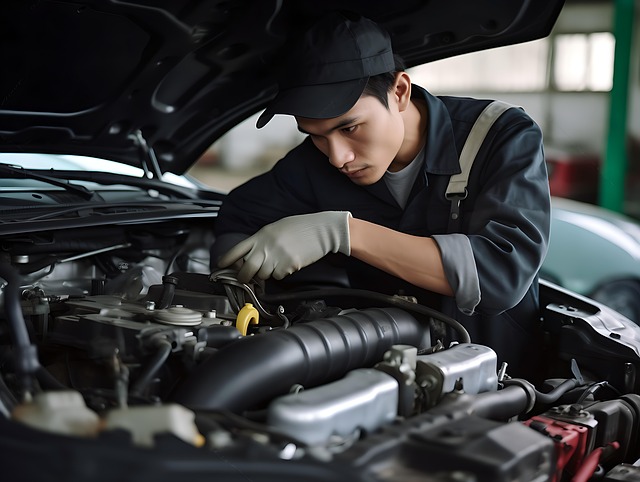
Silicon bronze welding offers significant advantages when it comes to repairing galvanized steel, making it a preferred choice for many professionals in the auto body repair and car body shop industries. This unique alloy combines the strength and durability of copper with the stability and corrosion resistance of tin, resulting in exceptional bonding capabilities. Its versatility allows for seamless integration with various metals, ensuring robust repairs that can withstand harsh environmental conditions.
The application of silicon bronze welding is vast, particularly in auto glass repair scenarios where precision and reliability are paramount. The alloy’s ability to create strong, long-lasting bonds makes it ideal for repairing or replacing damaged components, ensuring the structural integrity of vehicles. Moreover, its corrosion resistance ensures that the repairs remain effective over extended periods, outperforming traditional welding methods in challenging conditions, such as high humidity or exposure to corrosive substances, which are common in auto body repair environments.
Step-by-Step Guide to Effectively Perform Silicon Bronze Welding on Galvanized Steel

Performing silicon bronze welding on galvanized steel requires a precise approach to ensure strong and durable repairs that complement the original car bodywork. First, prepare the surface by thoroughly cleaning and degreasing the galvanized steel to remove any contaminants that could interfere with the weld. This step is crucial for achieving a solid bond between the silicon bronze and the steel substrate.
Next, apply a thin layer of flux to the joint area, which will facilitate the welding process and protect against oxidation during the weld. Using a suitable welding rod made from silicon bronze, start the welding process by applying heat to the joint, gradually melting and fusing the metal. Ensure even pressure for a consistent weld bead. For best results, maintain a steady welding speed, allowing the silicon bronze to thoroughly penetrate the galvanized steel without burning through. After completing the weld, let it cool before proceeding with any post-welding treatments, such as grinding or auto painting, to ensure a seamless finish that blends perfectly with paintless dent repair techniques for a flawless car bodywork outcome.
Silicon bronze welding offers a powerful solution for repairing galvanized steel, providing both aesthetic and structural benefits. As this article has outlined, understanding the unique properties of silicon bronze and its compatibility with galvanized surfaces is key to successful restoration projects. With the right techniques, as detailed in our step-by-step guide, professionals can achieve strong, durable bonds that surpass the original galvanization, ensuring longevity and enhanced performance for a wide range of applications. Silicon bronze welding is thus a game-changer in steel restoration, delivering both quality and cost-effectiveness.
